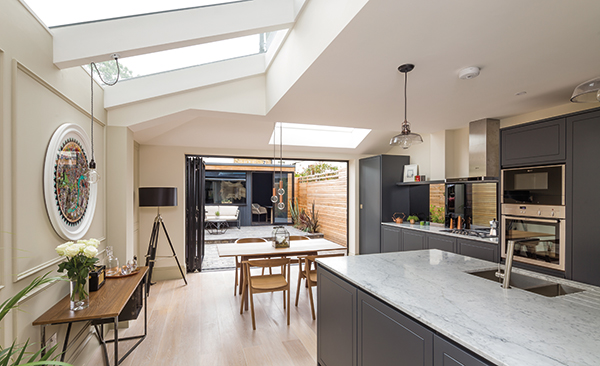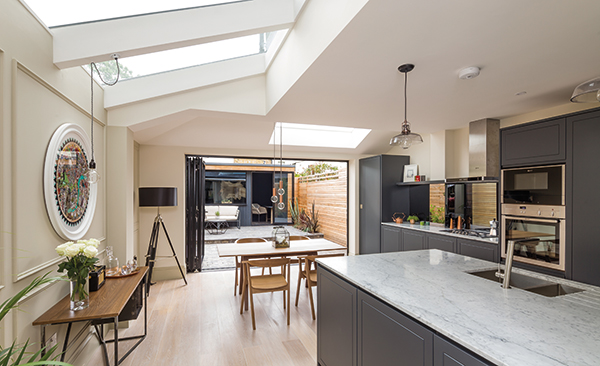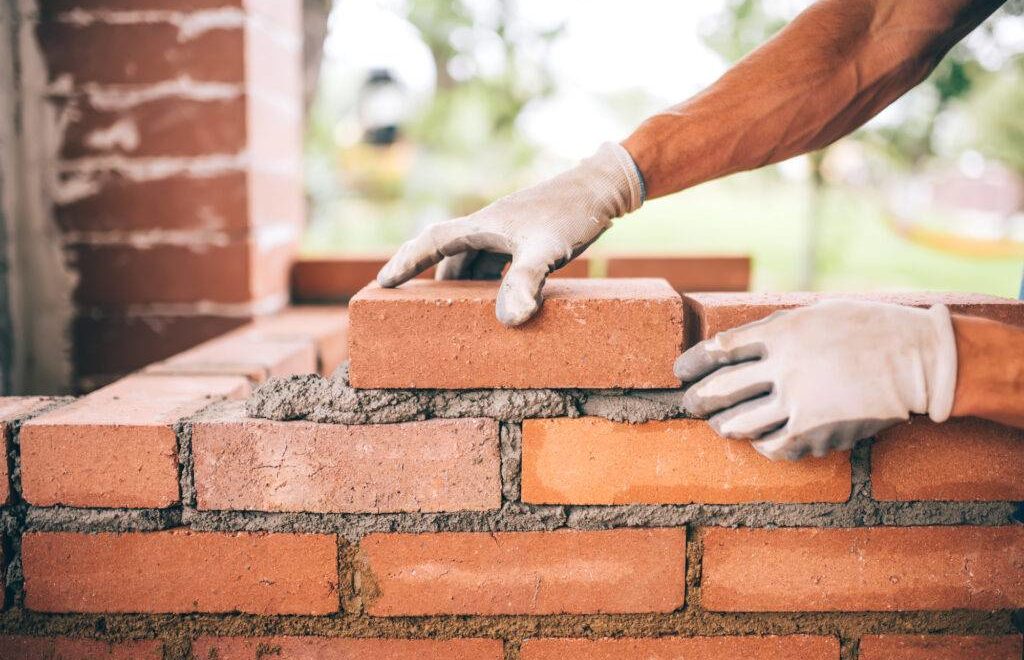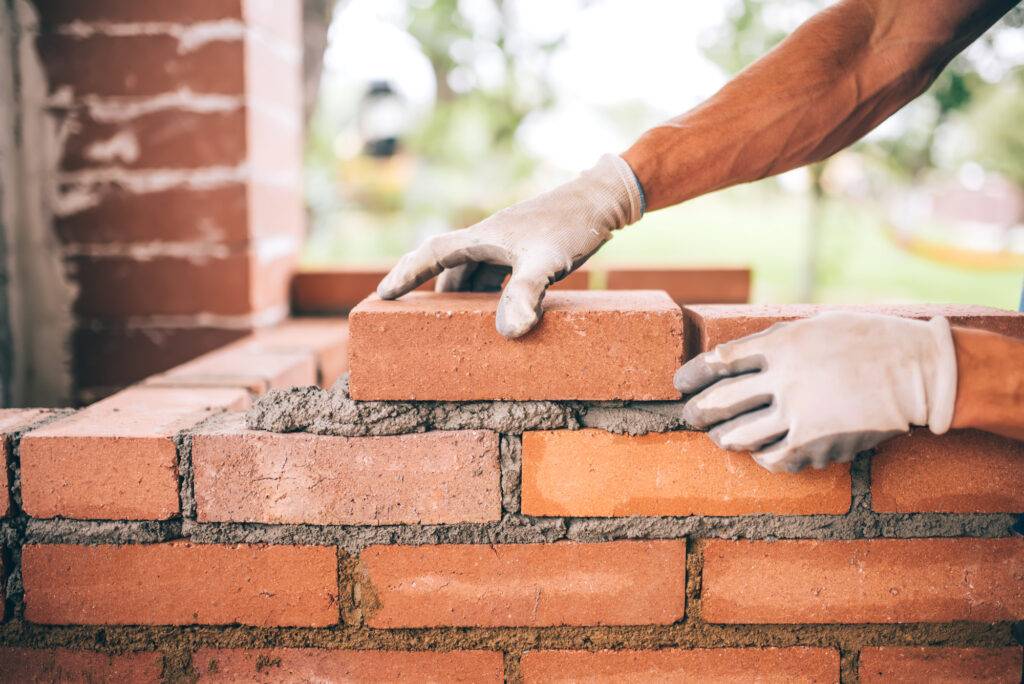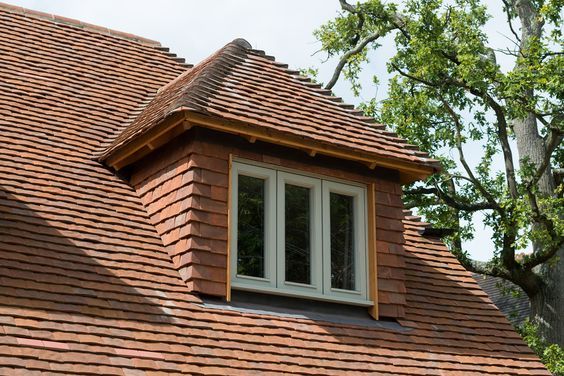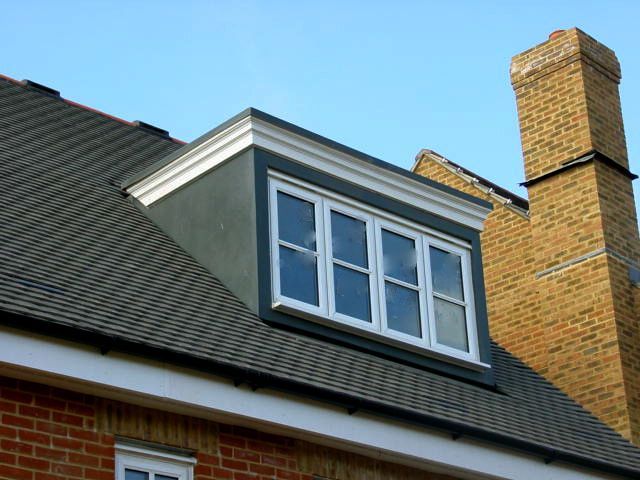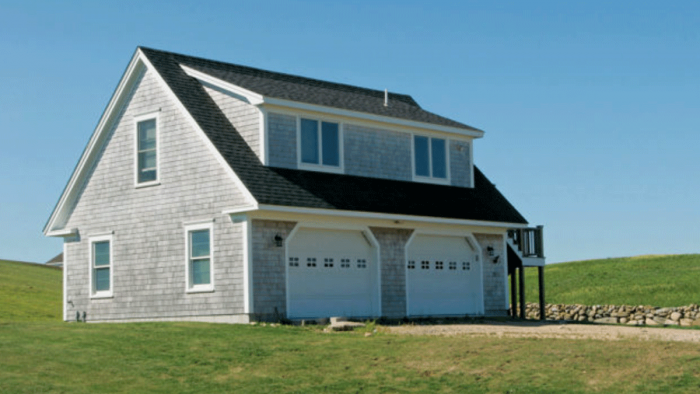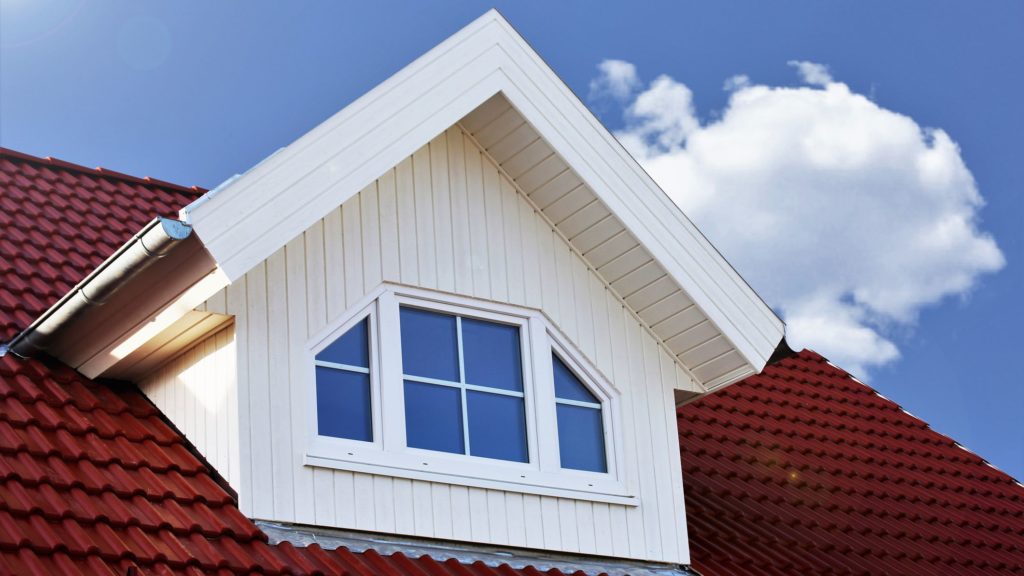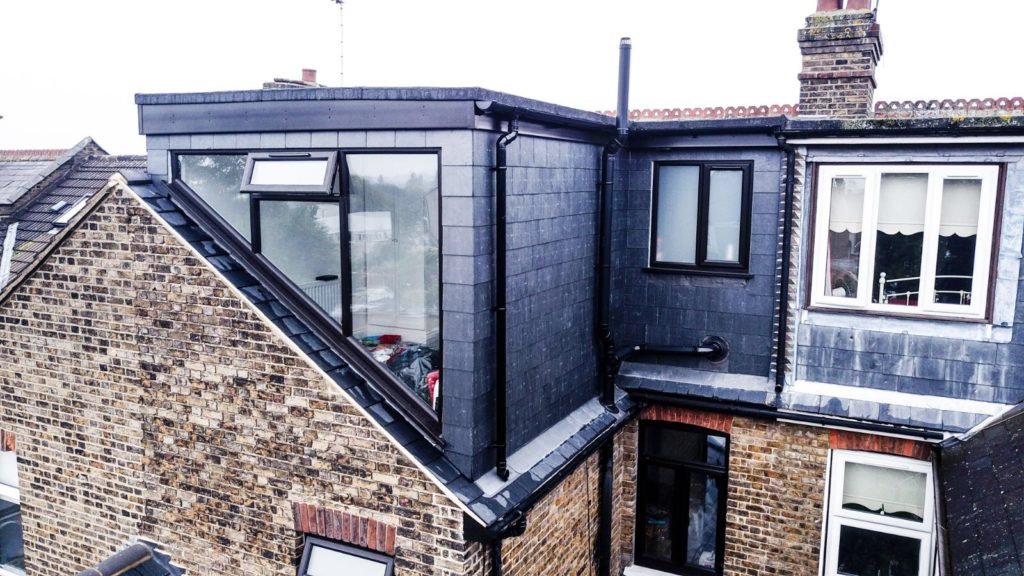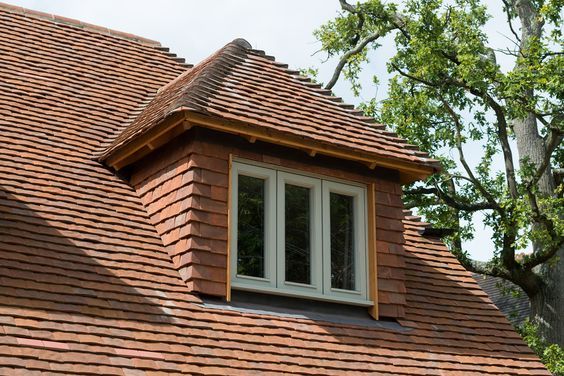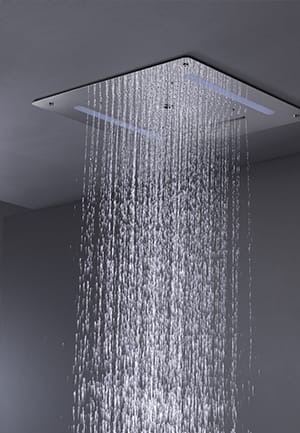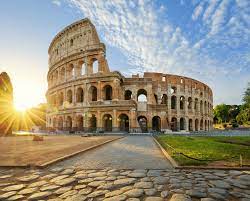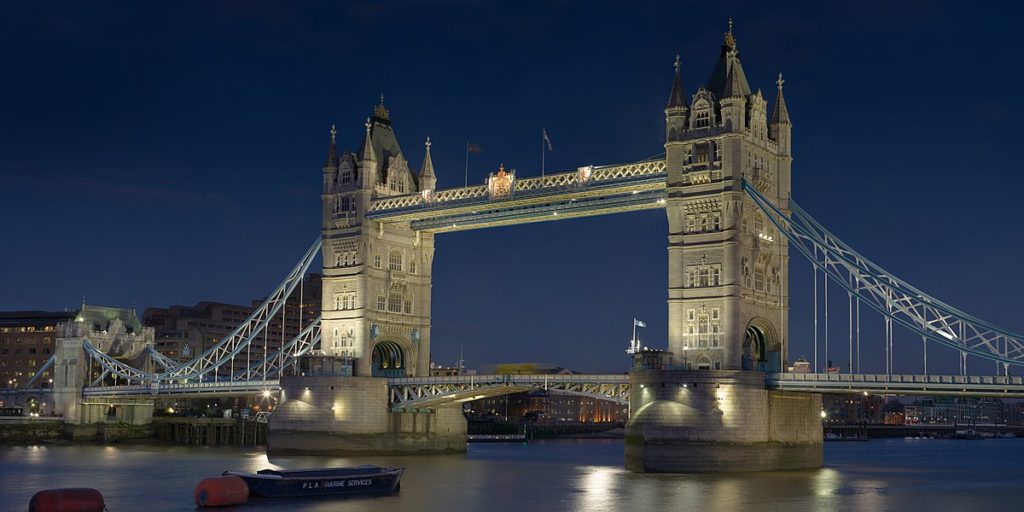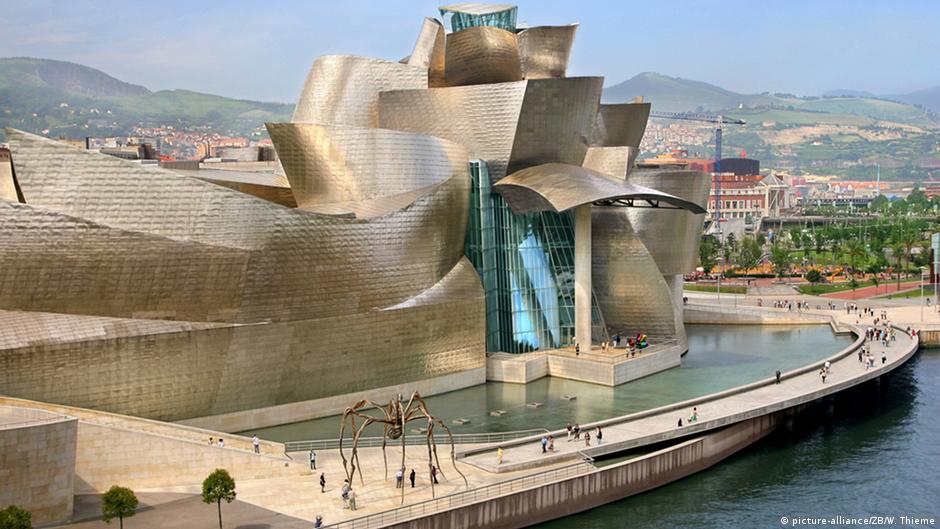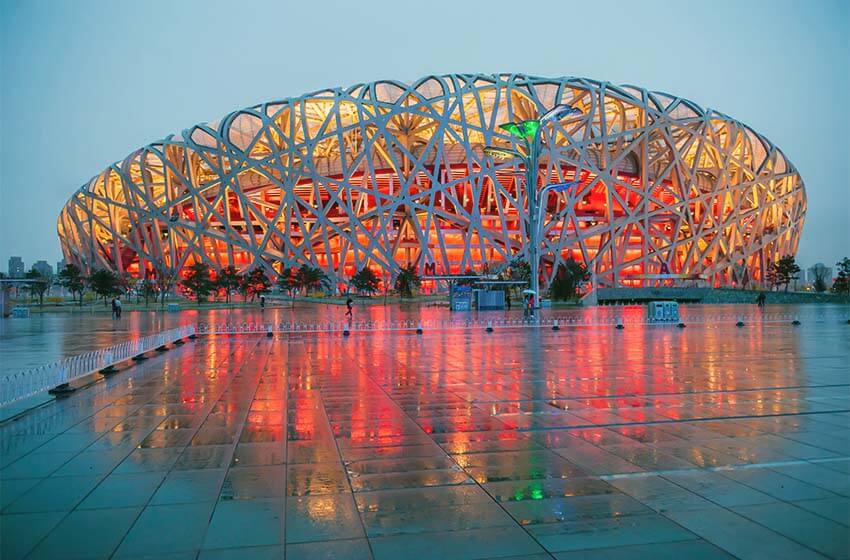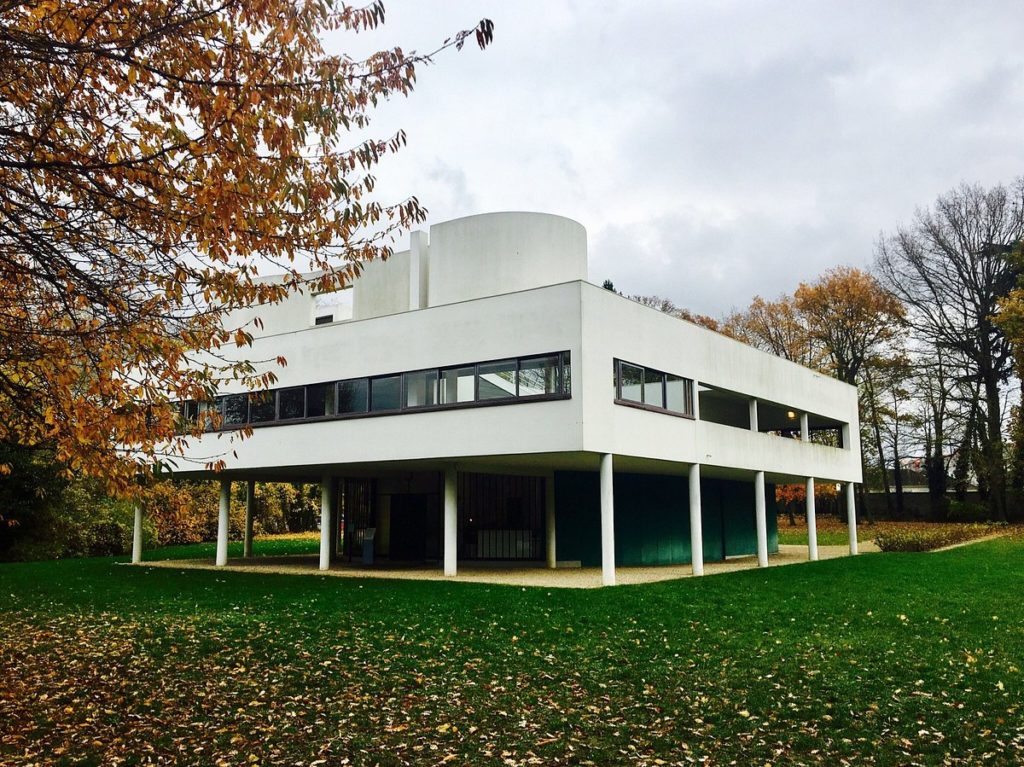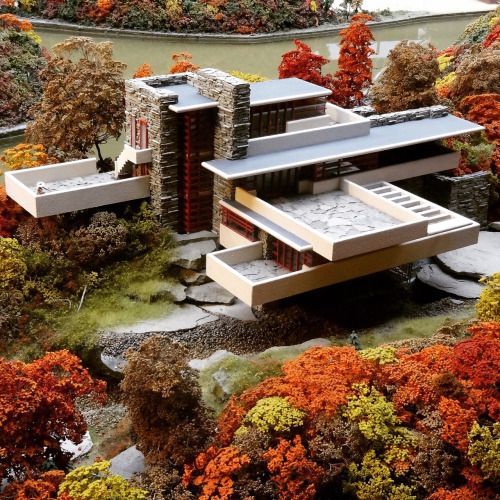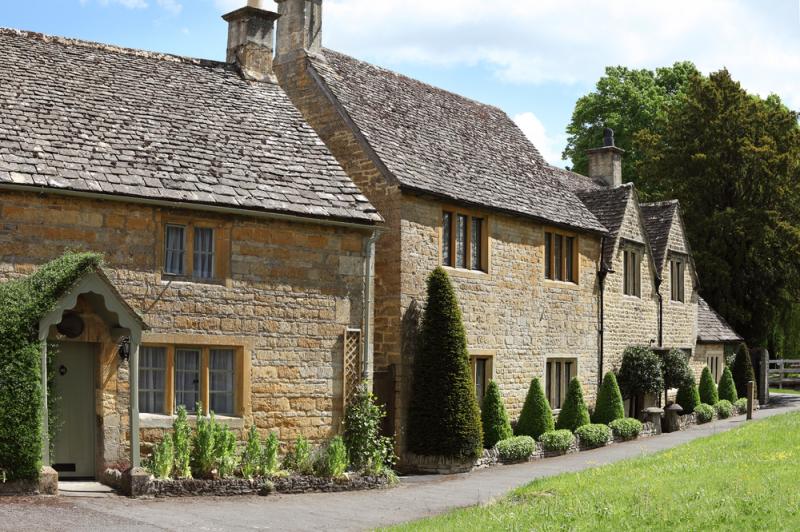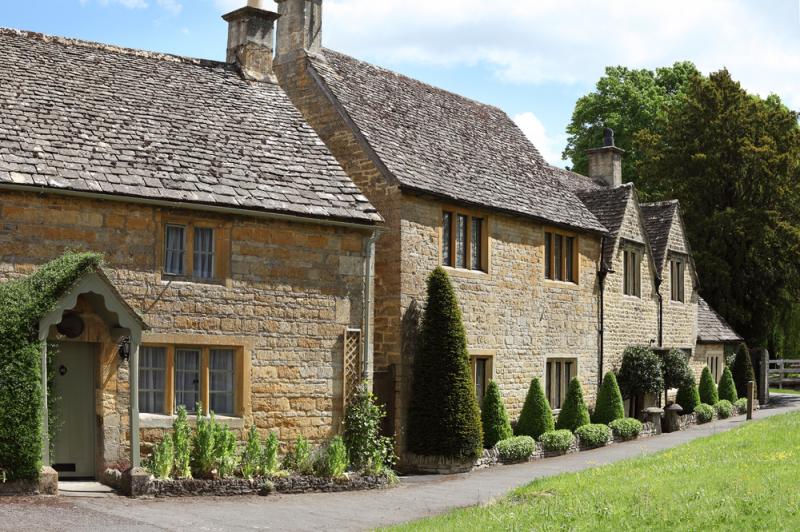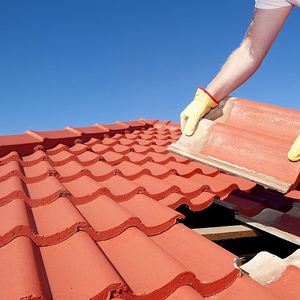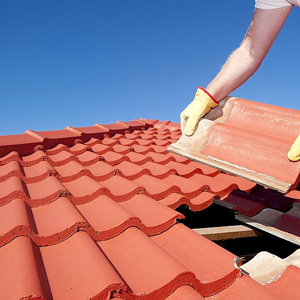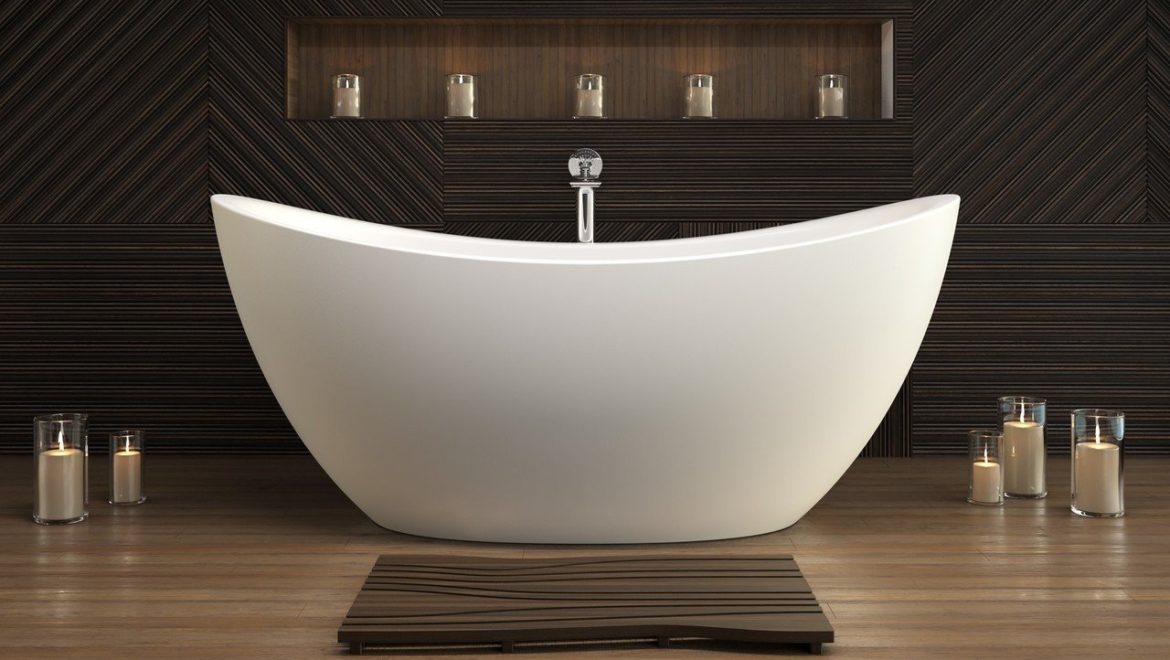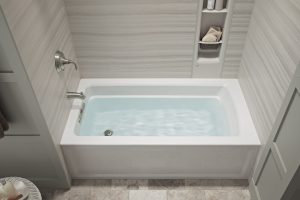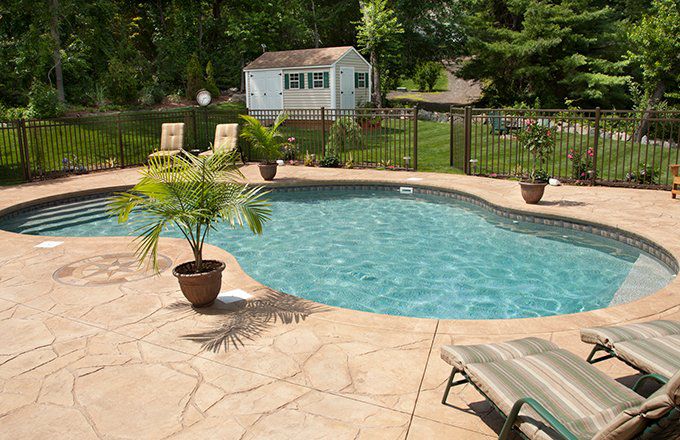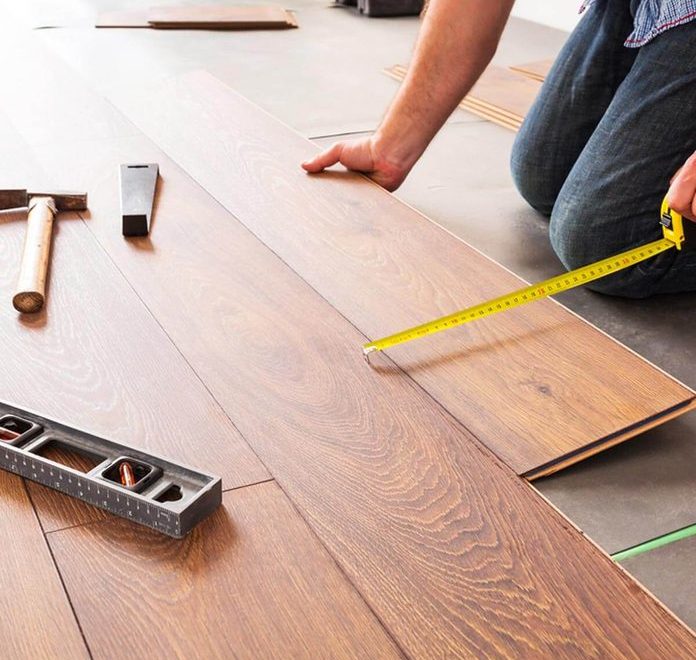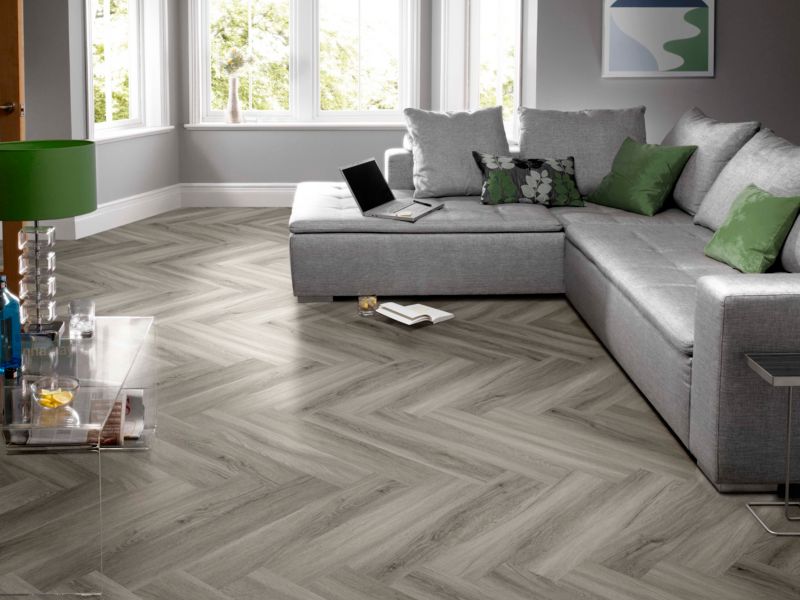Don’t move, improve! important things to know about internal reno
Internal renovation is a great way to transform your home without having to feel the need of moving or extending. You can really change the appearance of the house and make the most out of the current space you have.
Will you need building regulations?
Whenever you are thinking to do internal renovations, you need to make sure that you are compliant with building regulations. This is to ensure that people’s safety and welfare are protected when the building commences.
You may need to check if your property is a listed building. This is because it is an offense that can end in a fine. If you damage or change a listed building without listed building consent.
If you hire a tradesperson who is registered then they can self-certify their work complies with building regulations. Instead of having to submit a building notice.
Internal reno property pros and cons –
Pros –
- More space. – When you start a renovation project you often think about the layout and how much space you can achieve if you move things around. It also helps you to find everything a home, so that the place looks bigger and cleaner.
- Increases natural light and ventilation. – Adding larger windows, doors, and skylights, can massively improve the amount of light and fresh air that’s getting into your home.
- Adding features. – Adding new features is a great way to renovate your home. For example, adding extra storage, changing the stair design, or even improving different rooms in your homes.
- Increases the home value. – If you get help from a professional all of these renovations, can help increase the value of the house by thousands.
Cons –
- Not all internal walls can be removed. – If you are hoping of going for an open planned space it may be hard if structural walls are in place. Structural walls cannot be moved easily, which means renovations can be limited.
- Messy and noisy. – You might need to move out of your home temporarily if you don’t like loud noises or mess.
- Planning and building regs approval. – You may need to apply for permission for work to be carried out, which could take a long time and might not get approved.
How much would internal renovations cost?
The price of a renovation project will vary depending on the scale and work being done. You also need to factor in the services you take out. For example, an architect, structural engineer, builder, and so on. Prices may also depend on where in the country you live. The closer to London you live the pricier it would be.
